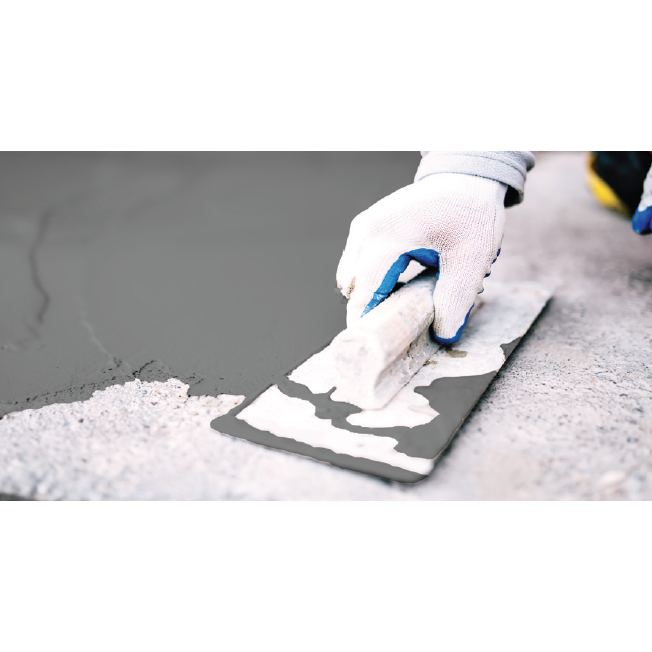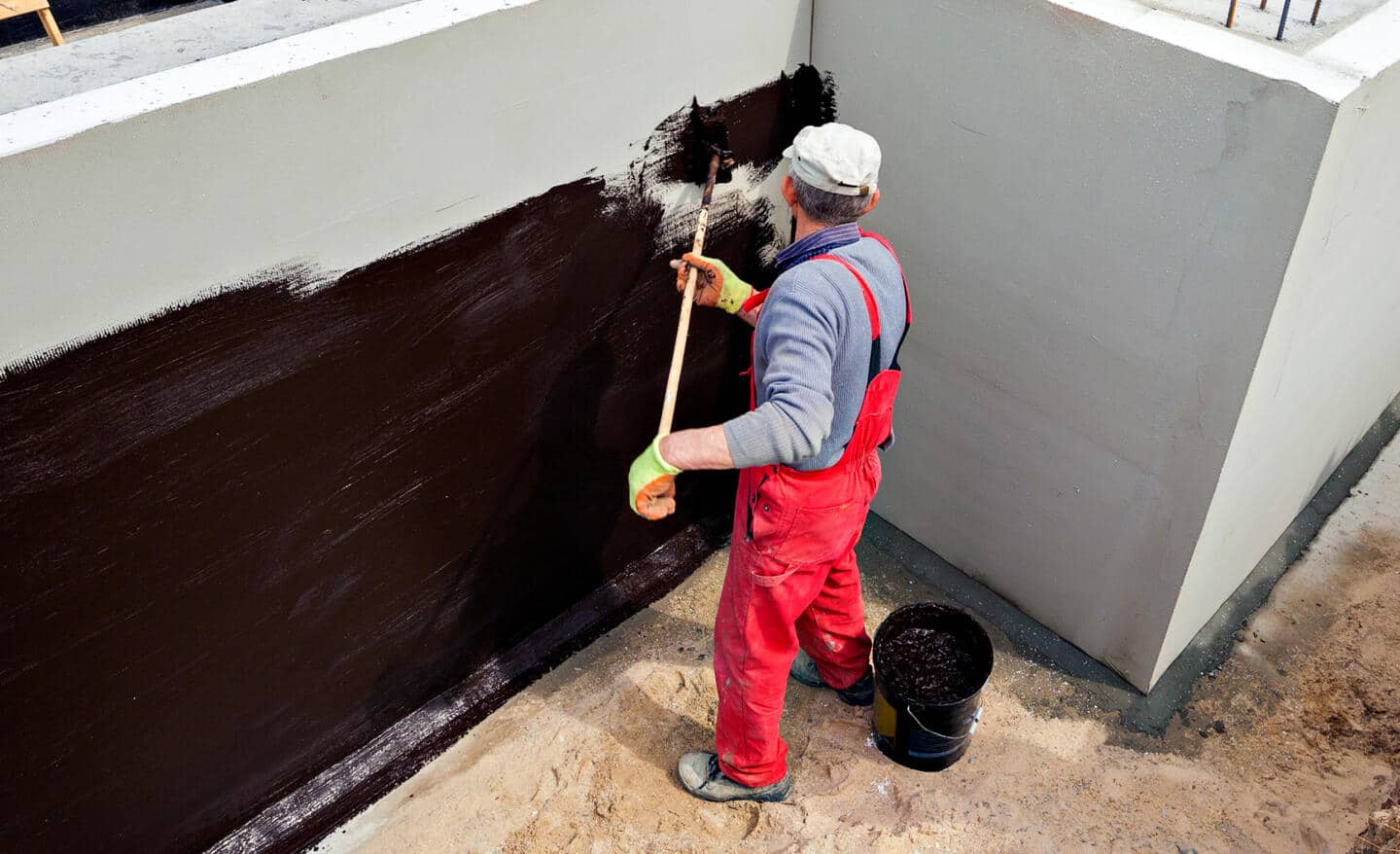Foundation waterproofing Omaha: Why It Matters
Wiki Article
Exactly How Waterproofing Functions: An In-depth Take A Look At Strategies and Technologies
Waterproofing is essential for securing frameworks from moisture-related damages. It involves numerous techniques and technologies that develop barriers versus water invasion. Standard methods, such as compacted clay, coexist with contemporary developments like liquid-applied membranes. Recognizing the nuances of these approaches is crucial for effective application. However, the performance of any waterproofing option pivots not just on the techniques used but likewise on continuous maintenance and examination. What are the vital elements that affect long-lasting performance?Comprehending the Essentials of Waterproofing
Waterproofing is a necessary procedure that safeguards structures from water invasion, which can cause significant damages over time. This approach involves the application of various products and strategies designed to develop a barrier against moisture. The key objective is to protect against water from permeating surface areas, which can trigger deterioration, mold and mildew development, and structural instability.Various factors affect the selection of waterproofing method, consisting of the kind of framework, its place, and environmental conditions. Recognizing the physics of water motion and the residential properties of different products is vital in selecting an efficient waterproofing solution.Effective waterproofing not only safeguards buildings however also improves their longevity and honesty. Normally, it is incorporated right into the style phase of construction to guarantee extensive security. As awareness of water-related concerns expands, the relevance of understanding waterproofing principles comes to be increasingly clear to engineers, building contractors, and residential or commercial property owners alike.Traditional Waterproofing Approaches
Conventional waterproofing techniques have actually been utilized for centuries, relying on tried and true techniques and products to secure structures from water damage. Among the oldest techniques includes using clay, which, when compressed, produces an all-natural barrier against wetness. Additionally, bitumen, a sticky, black product originated from oil, has been utilized for its waterproof homes, usually applied to roofings and foundations.Another strategy involves the application of lime-based plasters, which provide a breathable layer that enables moisture to escape while stopping water access. Thatch roof, a traditional technique still seen in some cultures, supplies outstanding waterproofing as a result of its firmly packed straw layers.Moreover, the use of stone and block has projected, as these materials are inherently resistant to water when correctly set up. Generally, typical waterproofing approaches highlight the importance of picking ideal materials and building and construction techniques to boost resilience against water breach.Modern Waterproofing Technologies
Innovations in contemporary waterproofing technologies have transformed the way structures are protected from water damage. Ingenious techniques such as liquid-applied membrane layers and advanced sealants have actually boosted the effectiveness and versatility of waterproofing remedies. These innovations permit smooth application, reducing the threat of leakages and ensuring thorough coverage over complex surfaces.Moreover, the assimilation of clever modern technologies, such as moisture sensing units and automated tracking systems, enables real-time evaluation of waterproofing performance. This aggressive approach helps with prompt maintenance and lowers long-term repair service costs.Additionally, developments in spray-applied finishings provide quick application and superb adhesion, adjusting to various substrates while supplying durable security. Techniques like polymer-modified systems even more boost versatility and resilience, making them ideal for varied settings. In general, modern waterproofing modern technologies not only alleviate water breach but also contribute to the long life and sustainability of structures, noting a substantial shift in the market.Materials Used in Waterproofing
The performance of waterproofing services greatly relies upon the materials utilized in their application. Different materials are employed to create obstacles against water access, each with unique residential properties fit for various atmospheres. Typically made use of products include membranes, layers, and sealants.Liquid-applied membrane layers, commonly made from polyurethane or acrylic, develop a seamless obstacle that adapts to complicated surface areas. Sheet membranes, commonly built from rubber or polycarbonate, deal toughness and are ideal for larger locations. Additionally, cementitious waterproofing materials, made up of cementitious substances, supply excellent bond and flexibility.Sealants made from silicone or polyurethane are crucial for joints and joints, guaranteeing extensive protection. In addition, sophisticated materials, such as geo-composite membrane layers, integrate multiple features, boosting efficiency. On the whole, the selection of waterproofing materials is important in accomplishing resilient and effective water resistance, customized to particular task needs and environmental conditions.
Common Applications of Waterproofing
Waterproofing plays a necessary duty in various markets, making certain the durability and honesty of structures. Typical applications consist of domestic options that protect homes, industrial infrastructure that safeguards services, and commercial settings that call for durable security versus dampness. Recognizing these applications highlights the relevance of waterproofing in preserving both safety and functionality throughout various settings.Residential Waterproofing Solutions
Many house owners encounter obstacles with moisture invasion, making reliable domestic waterproofing solutions vital. Numerous techniques exist to address this problem, consisting of exterior and interior waterproofing systems. Interior solutions usually entail the application of sealers and finishings to cellar wall surfaces, which assist stop water infiltration. Exterior techniques usually consist of the installation of water drainage systems and water resistant membrane layers that draw away water away from the foundation.Additionally, homeowners may think about sump pumps to eliminate water build-up and dehumidifiers to control humidity degrees. Proper grading and using seamless gutters additionally play an essential duty in handling water circulation around the home. By implementing these approaches, Home Page home owners can substantially minimize the threat of water damages and mold growth, making certain a completely dry and safe living setting.
Business Infrastructure Protection
Efficient waterproofing options play an essential duty in the protection of industrial facilities. French drain installation Omaha. These methods are important for safeguarding buildings, car parking structures, and bridges from water damages, which can endanger architectural integrity and cause pricey repair services. Typical applications consist of the installment of membranes, coatings, and sealers that produce barriers versus moisture seepage. Areas such as cellars, roofing systems, and outside walls are usually focused on to guarantee longevity and sturdiness. Furthermore, waterproofing systems can enhance power efficiency by preventing water-related issues that might bring about mold development and damage. By applying robust waterproofing actions, building owners can shield their financial investments and keep functional effectiveness, eventually adding to the general sustainability of business facilitiesIndustrial Applications Summary
While numerous fields deal with special obstacles, the demand for trusted waterproofing solutions stays a consistent in industrial applications. Industries such as manufacturing, construction, and energy usually experience environments where moisture direct exposure can endanger structural honesty and operational efficiency. In producing centers, waterproofing is important for protecting equipment and products from water damages. In building, it safeguards foundations and basements versus groundwater seepage. The energy sector relies upon waterproofing for the security of tools in hydroelectric plants and overseas structures. Additionally, food handling sectors make use of Get More Info waterproofing to assure health and conformity with safety requirements. In general, reliable waterproofing options are crucial for enhancing longevity, security, and productivity across various commercial setups.
Upkeep and Durability of Waterproofing Solutions
Although waterproofing solutions are designed to offer long-term protection against moisture breach, routine maintenance is crucial to ensure their efficiency and durability - Sump pump installation & replacement Omaha. Routine inspections play a significant duty in recognizing possible problems such as fractures, peeling off, or indications of water damages. Dealing with these troubles immediately can prevent more deterioration and costly repairs.Additionally, cleaning up the surface of waterproofed locations helps get rid of dirt and debris that could jeopardize the integrity of the waterproofing barrier. It's likewise recommended to reapply safety coatings or sealers as advised by suppliers to maintain ideal performance. Environmental aspects, such as UV direct exposure and severe climate condition, can impact the life-span of waterproofing materials, making regular analysis crucialOften Asked Inquiries
Can Waterproofing Be Applied in Winter?
The inquiry of applying waterproofing in chilly weather condition raises issues concerning bond and treating. Several items might not do at their ideal in reduced temperatures, demanding mindful choice and factor to consider of certain standards for effective application.For How Long Does Waterproofing Generally Last?
The duration of waterproofing performance varies based on materials and ecological aspects. Generally, it can last from five to 10 years, however regular maintenance and assessments are important to ensure my blog peak efficiency and durability.Is Do It Yourself Waterproofing Effective and Safe?
The performance and safety and security of DIY waterproofing depend on different variables, consisting of material top quality and application strategy. While some people accomplish satisfying results, others may come across issues that compromise long-term protection and structural honesty.What Are the Indicators of Failing Waterproofing?
Indicators of failing waterproofing include visible water stains, peeling paint, mold and mildew development, musty odors, and dampness in wall surfaces or ceilings - Water Solutions. These indicators suggest endangered barriers, necessitating prompt assessment and prospective remediation to avoid further damagesJust how Do I Choose the Right Waterproofing Contractor?

Report this wiki page